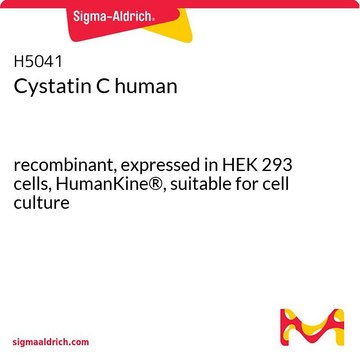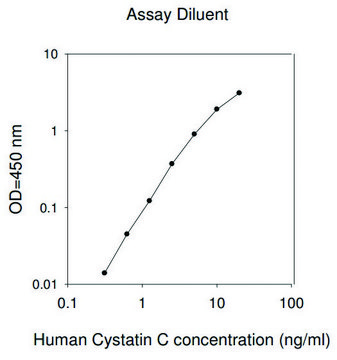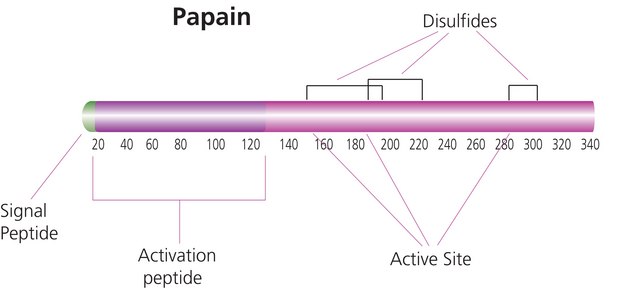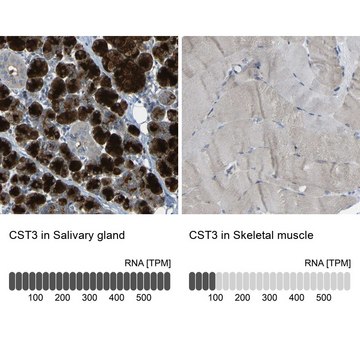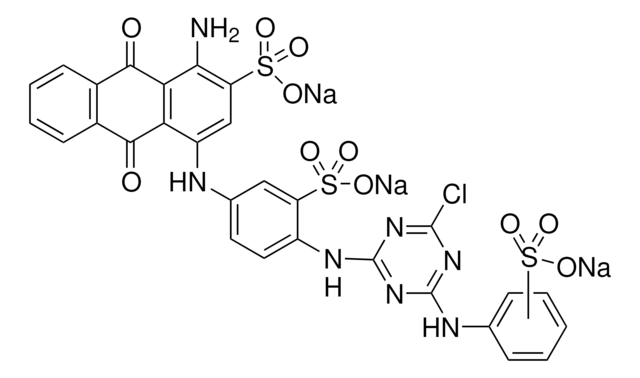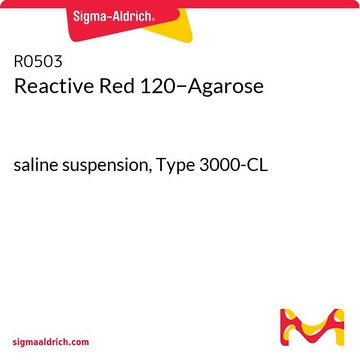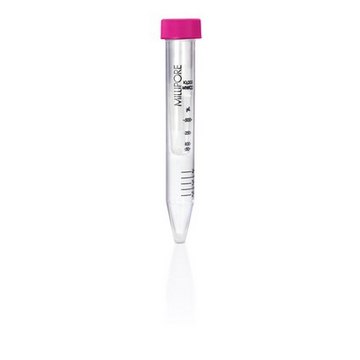ABC20
Anti-Cystatin-C Antibody
from rabbit, purified by affinity chromatography
Synonym(s):
Cystatin-C, Cystatin-3, Gamma-trace, Neuroendocrine basic polypeptide, Post-gamma-globulin
About This Item
Recommended Products
biological source
rabbit
Quality Level
antibody form
affinity isolated antibody
clone
polyclonal
purified by
affinity chromatography
species reactivity
mouse, human, rat
technique(s)
immunohistochemistry: suitable (paraffin)
western blot: suitable
NCBI accession no.
UniProt accession no.
shipped in
wet ice
target post-translational modification
unmodified
General description
Immunogen
Application
Apoptosis & Cancer
Apoptosis - Additional
Neurodegenerative Diseases
Quality
Western Blot Analysis: 0.5 µg/mL of this antibody detected Cystatin-C in 10 µg of human kidney tissue lysate.
Target description
An uncharacterized band may appear at ~62 kDa in some lysates.
Physical form
Storage and Stability
Analysis Note
Human kidney tissue lysate
Other Notes
Disclaimer
Storage Class Code
12 - Non Combustible Liquids
WGK
WGK 1
Flash Point(F)
Not applicable
Flash Point(C)
Not applicable
Certificates of Analysis (COA)
Search for Certificates of Analysis (COA) by entering the products Lot/Batch Number. Lot and Batch Numbers can be found on a product’s label following the words ‘Lot’ or ‘Batch’.
Already Own This Product?
Find documentation for the products that you have recently purchased in the Document Library.
Our team of scientists has experience in all areas of research including Life Science, Material Science, Chemical Synthesis, Chromatography, Analytical and many others.
Contact Technical Service